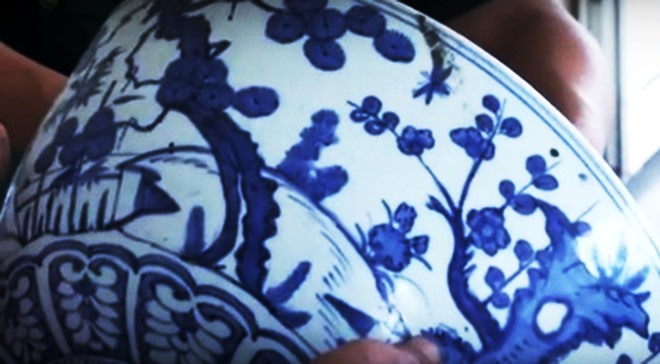 Life & Style
Life & Style

A project of excavating the ancient shipwreck that has recently been discovered in Dung Quất Economic Zone in the central province of Quảng Ngãi has been approved by the local People’s Committee.
17454744PM.jpg) |
| Ancient history: Dung Quất Economic Zone from above. The X symbol in the photo marks the position where the shipwreck was discovered. — VNA/VNS Photo Nguyễn Đăng Lâm |
QUẢNG NGÃI — The excavation of an ancient shipwreck that was recently discovered in Dung Quất Economic Zone in the central province of Quảng Ngãi has been approved by the local People’s Committee.
Quảng Ngãi’s Department of Culture, Sports and Tourism will sponsor the excavation, and will collaborate with relevant organisations to implement the excavation over 30 days or longer.
The excavation units will include divers equipped with cameras to identify the exact location and size of the vessel and to photograph it.
Additionally, they will outline the border of the shipwreck’s location and the surrounding area which might contains antiques from the ship and collect scientific data about the excavated area.
Previously, on July 26 and 27, workers of Hào Hưng Limited Company discovered ceramic, terracotta and wooden fragments flowing in pipes while they were dredging water passages to construct the harbour in Dung Quất Sea Area.
Initial investigations revealed that it was a 20-30 metre long ship. It was discovered at about six to seven metres off the coast and about nine-metres deep in the sand near Tuyết Diêm 3 Village in Bình Thuận Commune.
 |
| Well preserved: A ceramic antique discovered in the excavation area of the shipwreck. — Photo news.zing.vn |
The sunken ship contains many ceremic objects like bowls and dishes, which is assumed to date back to Minh Dynasty in 16th century by specialists. The ship may have been transporting ceramic and terracotta items before sinking. The excavated objects will receive initial treatments before being transported to Quảng Ngãi Comprehensive Museum for preservation.
According to Đoàn Ngọc Khôi, the vice director of the Museum, trader ships from the north used to harbour in the province to trade and buy food and water while avoiding storms during their voyages southwards.
The sea area in Bình Châu Commune is believed to be the resting place for many wrecks dating from the eighth to 18th century. Archeologists have discovered that all the ships were burnt before being sunken, which might be attributed to attacks by pirates.
According to archeologist Nguyễn Tuấn Lâm, the area has much heritage values.
“The area is not only rich in archeological heritage, as ‘the cemetery of the sunken ships’ that dated back to various historical periods, but also geologic heritage as it contains a unique volcanic deposit,” said Lâm in an interview with zing.vn. — VNS